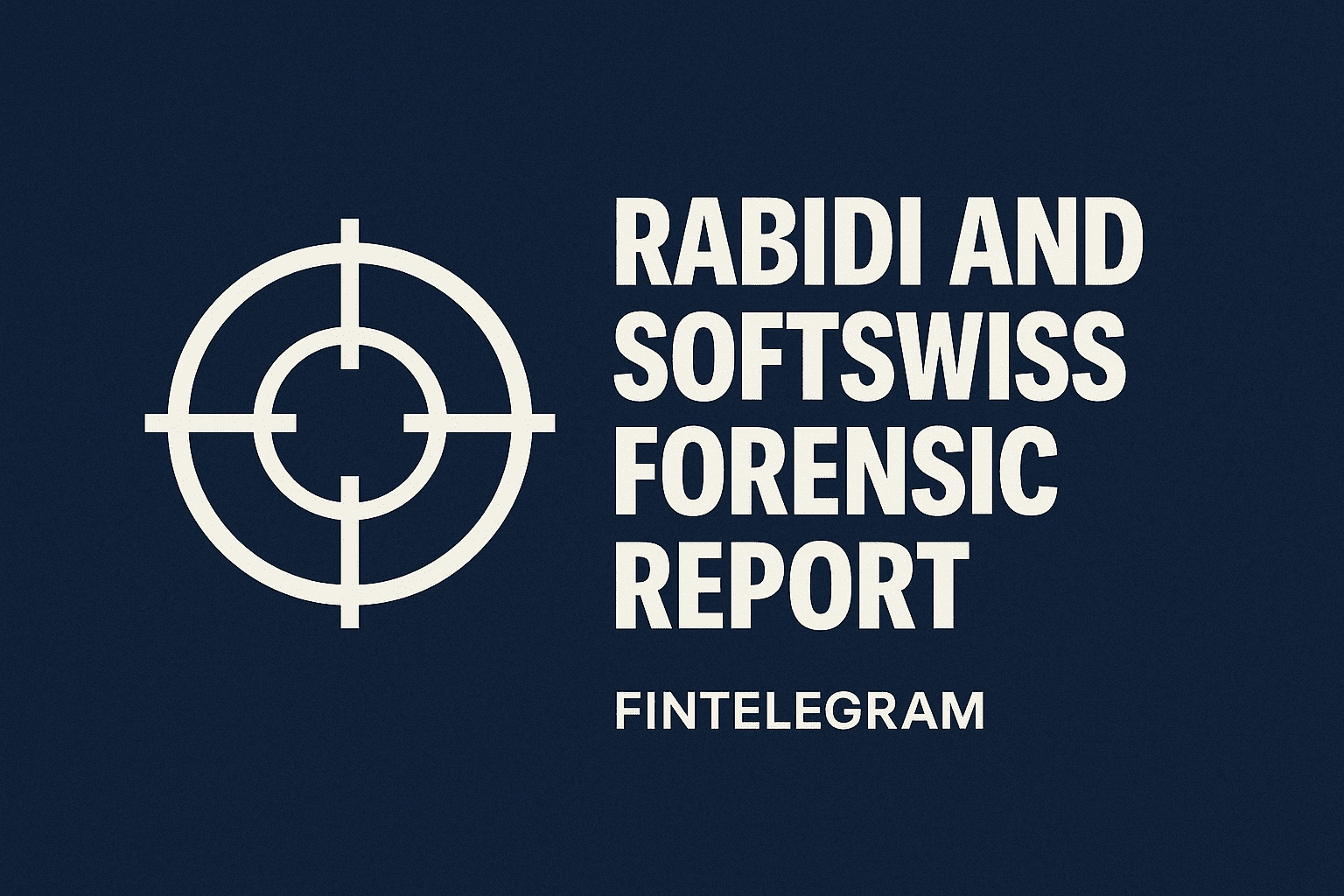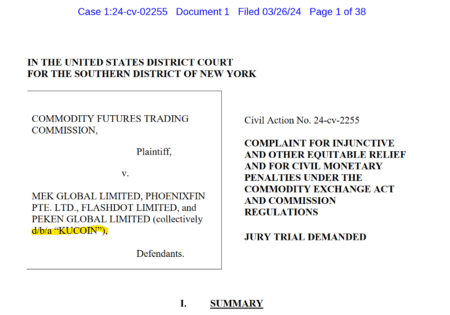The luxury goods market has become an increasingly attractive avenue for money laundering activities due to its high-value transactions, global appeal, and potential for anonymity. This report analyzes the intersection of luxury goods and financial crime, highlighting the risks, methods, and regulatory challenges in this interesting market.
Market Overview and Vulnerabilities
The luxury goods market, encompassing items such as high-end watches, jewelry, art, cars, and designer clothing, generates billions in revenue globally. The European personal high-end goods sector alone accounts for 74% of the global value in this category, with exports estimated at €260 billion. This substantial market size, combined with the inherent characteristics of luxury items, creates an environment ripe for exploitation by money launderers.
Key Vulnerabilities:
- High-Value Transactions: Luxury goods enable large sums of money to be moved or stored in a single transaction, making it easier to conceal the origin of illicit funds.
- Portability: Many luxury items, such as jewelry, watches, and art, are easily transportable across borders, facilitating international money movement.
- Anonymity: The tradition of discretion and confidentiality in the luxury sector can inadvertently provide cover for illicit activities.
- Value Retention: Luxury goods often retain or increase in value over time, making them attractive for storing wealth derived from criminal activities.
Money Laundering Techniques in the Luxury Goods Sector
Criminals employ various sophisticated methods to launder money through luxury goods:
- Cash Transactions: Large cash purchases of luxury items allow for the placement of illicit funds into the legitimate economy.
- Structuring: Transactions are broken down into smaller amounts to avoid reporting thresholds.
- Use of Intermediaries: Shell companies or third parties are used to purchase luxury goods, obscuring the true ownership.
- Cross-Border Movements: Exploiting free ports or special economic zones with less stringent customs regulations to move luxury items internationally.
- Over/Under-Invoicing: Manipulating the declared value of luxury goods in trade transactions to move money across borders.
- Resale: Purchasing luxury items with illicit funds and reselling them for “clean” money.
Regulatory Landscape and Challenges
The increasing recognition of money laundering risks in the luxury goods sector has led to enhanced regulatory scrutiny:
- EU Regulations: The sixth EU anti-money laundering directive lowered the reporting threshold for high-value goods traders from €15,000 to €10,000, aligning with the U.S. Bank Secrecy Act.
- Reporting Requirements: Luxury goods dealers accepting cash payments of €10,000 or more must now register, implement AML policies, conduct risk assessments, perform due diligence, and report suspicious activities.
- Compliance Challenges: The luxury sector, traditionally accustomed to greater privacy, now faces the challenge of adapting to stricter AML rules while maintaining customer relationships.
Case Studies and Red Flags
Several high-profile cases have highlighted the use of luxury goods in money laundering schemes:
- Teodorin Obiang Case: The vice president of Equatorial Guinea was implicated in laundering money through extravagant purchases, including luxury cars and Michael Jackson memorabilia, using anonymous shell companies.
- 1MDB Scandal: Malaysian officials allegedly used embezzled funds to purchase art, real estate, and jewelry, often through privacy-protective shell companies.
Common Red Flags:
- Payments made through third parties
- Complex ownership structures involving anonymous shell companies
- Discrepancies between the value of goods and the purchaser’s known legal income
- Large cash transactions, especially in foreign currencies
- Structured transactions below reporting thresholds
Recommendations for Mitigation
To address the money laundering risks in the luxury goods sector, the following measures are recommended:
- Enhanced Due Diligence: Implement robust customer identification and verification processes, particularly for high-value transactions.
- Staff Training: Educate employees on identifying red flags and suspicious activities specific to the luxury goods sector.
- Collaboration: Foster cooperation between luxury brands, financial institutions, law enforcement agencies, and regulatory bodies to share information and best practices.
- Technology Adoption: Utilize advanced AML software and data analytics to detect patterns indicative of money laundering.
- Transparency Initiatives: Encourage industry-wide efforts to increase transparency in transactions and ownership structures.
Conclusion
The luxury goods market presents significant challenges in the fight against money laundering due to its high-value nature, global reach, and traditional emphasis on discretion. As regulatory scrutiny intensifies, the sector must balance compliance requirements with customer expectations. Effective AML measures, coupled with industry collaboration and technological solutions, are crucial to mitigating the risks of financial crime in this prestigious yet vulnerable market.





